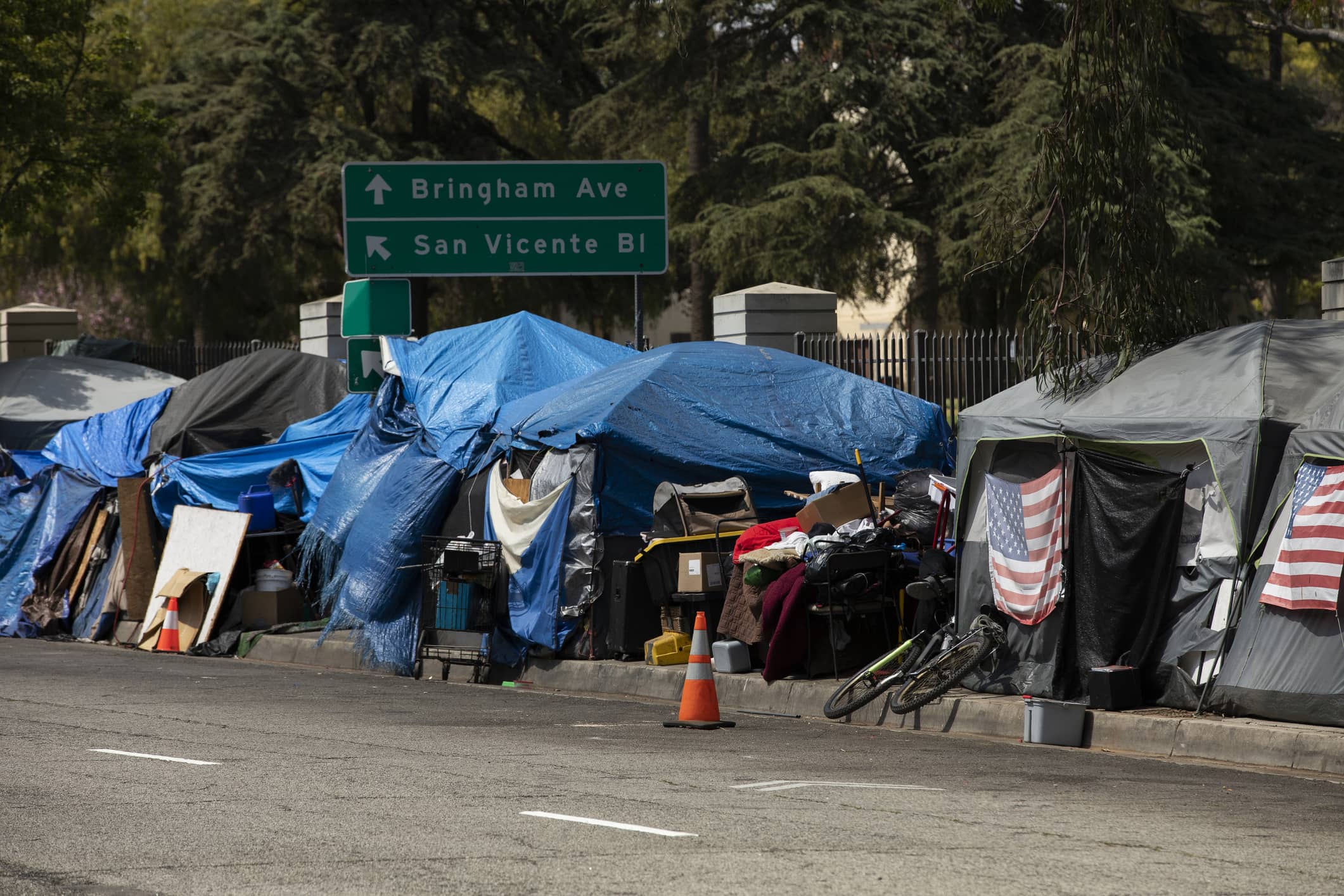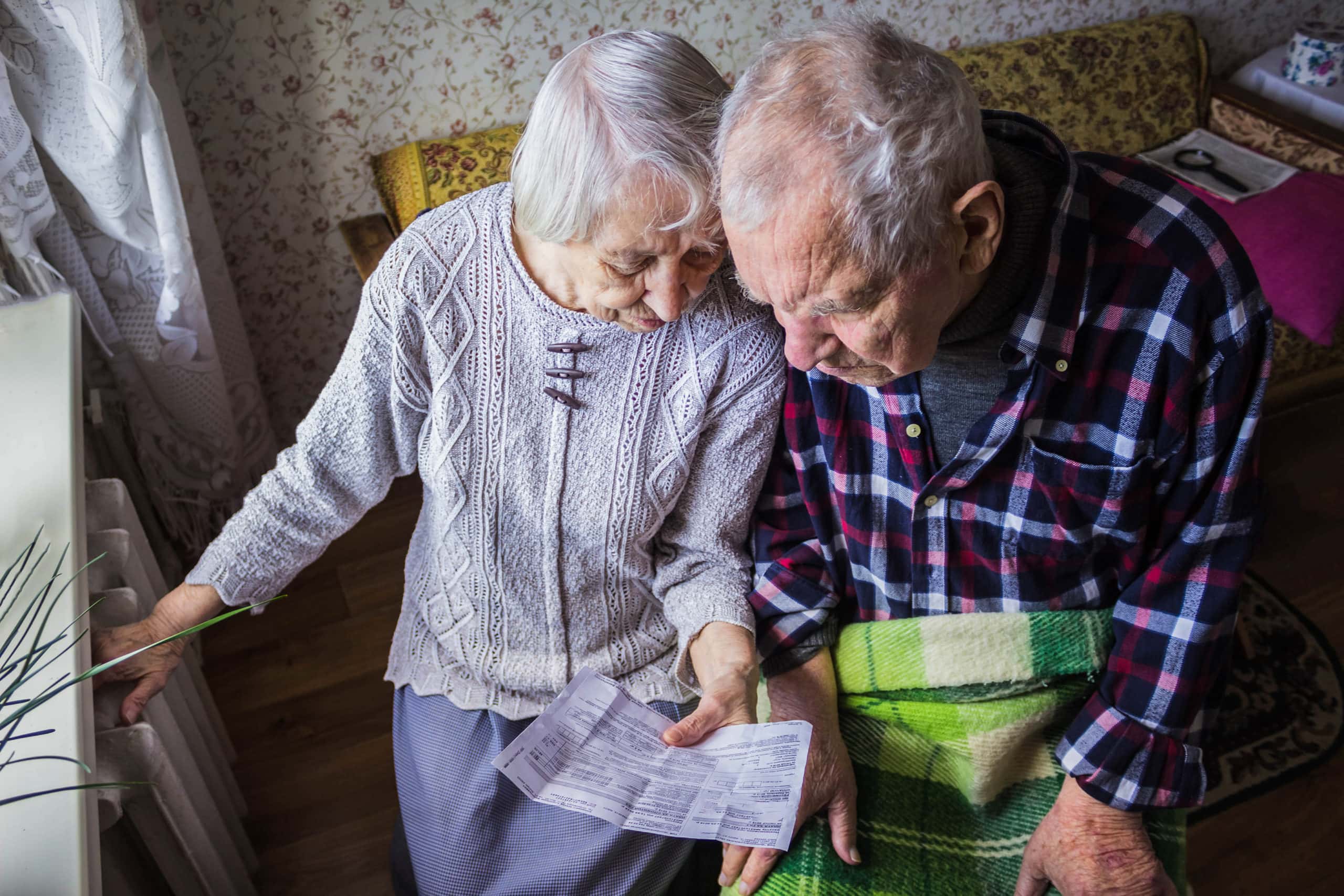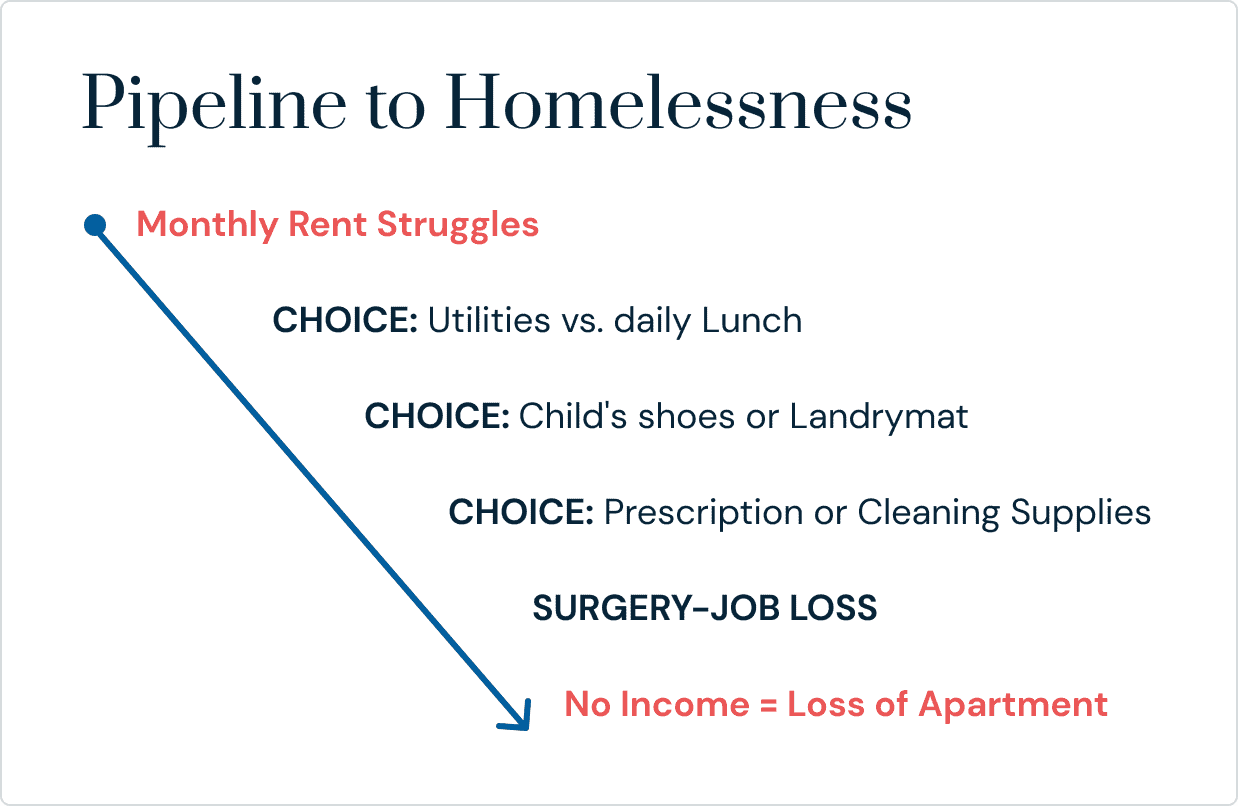
What does it mean to be Homeless? Homelessness means a person does not have their own place to live; A person is homeless if they are living on the streets, couch surfing, living in an emergency shelter, vehicle or abandoned structure.
Homelessness is experienced in many ways and also includes the experiences of individuals who:
a) do not have a place to call their own and who are trading sex for housing,
b) are temporarily staying with friends, but cannot stay there for longer than 14 days
c) are being trafficked, and
d) have left home because of abuse or threats of abuse and have no safe, alternative housing.
The federal government has broadened the definition of homelessness for children and youth. For example, the Department of Housing and Urban Development (HUD) considers families with children or unaccompanied youth who are unstably housed and likely to continue in that state to be homeless. The Department of Education states that children and youth who are couch surfing, living in hotels or camp grounds due to the lack of other suitable alternatives, or living in cars are to be considered homeless.
In all cases, and for all people, homelessness is a traumatic experience.
Resource insecurity means a person is experiencing a broad range of basic needs challenges and is at high risk of falling into homelessness.
These resource challenges include, but are not limited to:
a) housing insecurity (defined as frequent moves, crowding against lease, or the inability to afford rent and utilities),
b) food insecurity, (the lack of regular access to sufficient safe food that meets dietary requirements for an active and healthy lifestyle),
c) health insecurity (the inability to afford access to routine and necessary healthcare and medications) and
d) basic needs insecurity ( the inability to afford essential clothing, shoes, hygiene items, etc.)
Those living with resource insecurity are faced daily with challenging choices between essential needs such as whether to pay rent or utilities or to buy food or medication.
Resource Insecurity- the Pipeline to Homelessness
People experiencing severe resource insecurity often live in-fear what will happen to them or their families if they lose their job, the rent is raised, they or a family member has an unexpected illness or hospitalization. Any change in circumstance may result in the loss of their home.
Resource insecurity is a driver of homelessness in LA County. The enduring impact of systemic racism, to, mental health and justice systems failures, and income inequality and an inadequate housing supply all contribute to resource insecurity inflows to homelessness.


According to the LA Homeless Service Authority, an average of 207 people exit homelessness every day—while 227 people become homeless.
Homelessness starts rising when median rents in a region exceed 22% of median income and rises even more sharply at 32%; in Los Angeles, the median rent is 46.7% or nearly half of median income.
The California Housing Partnership Corporation reports that Los Angeles County would need 509,000 units of affordable housing to meet current demand.
Further, the rental vacancy rate in LA is [about] 2%, so once somebody loses their home, it’s very hard to find another place to live.
ACTION REQUIRED: Ending homelessness requires:
understanding the complexities of resource insecurity and how they drive homelessness,
the political will to address the root causes of resource insecurity AND
taking action to support the efforts of those who are experiencing resource insecurity to build independent sustainable lives.
